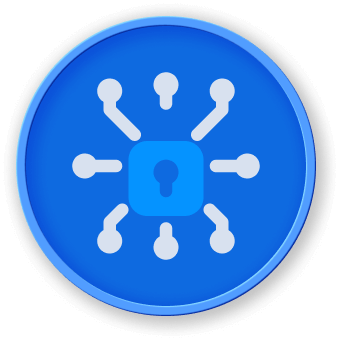Introduction
In the heart of the mystical Enchanted Forest, under a sky illuminated by an ethereal glow, there existed a realm uncharted by ordinary maps—a domain where digital and natural worlds converged. This realm was safeguarded by an ancient and wise entity known as the Spirit Mentor of the Enchanted Forest. The Spirit Mentor, a guardian of both the forest and the cyber realm, faced a new challenge as dark forces threatened the delicate balance of this unique ecosystem.
To protect the realm, the Spirit Mentor sought out brave souls who could master the art of Nmap, a powerful tool in the cyber domain. Nmap, or Network Mapper, was a key that could unlock the secrets of the forest's digital landscape, revealing unseen threats and vulnerabilities. The goal set by the Spirit Mentor was clear: to empower these individuals with the proficiency to navigate through the complexities of Nmap Scripting Engine (NSE), categorizing scripts and ensuring their configurations remained updated against the ever-evolving cyber threats.



